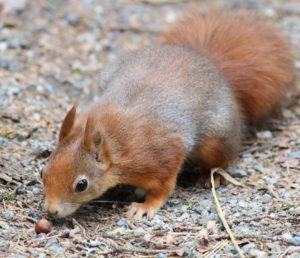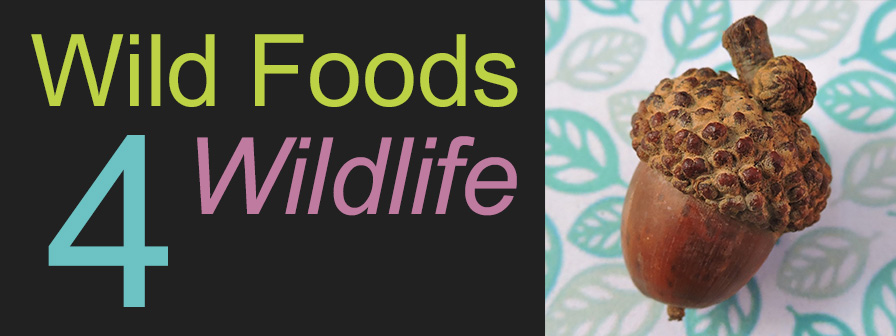
Nitrate poisoning is usually associated with livestock grazing of agricultural plants and the weeds that grow among. Any animal who eats the greens at a time when the nitrate levels are high could be poisoned, but ruminants are more susceptible.
Nitrogen is a fundamental element necessary for all plant growth, and plants absorb nitrates from the soil through their roots. The plant then uses up these nitrates to grow, photosynthesize and live, which subsequently lowers the nitrates in the plant tissues. But nitrates can accumulate temporarily to high levels under certain conditions such as:
- any time a plant is under high stress which slows plant growth and nitrogen use
- when the plant has abruptly stopped growing due such as disease or drought [ 3-5 days of resumed growth after rainfall are needed to significantly reduce nitrate levels (Provin & Pitt)]
- right after their has been an application of fertilizer or compost
Accumulating levels of potassium nitrates can lead to poisoning and can occur in a number of plants such as amaranth, smartweeds, lamb’s quarters, docks, sunflowers, some thistles and a number of commercial agricultural crops like alfalfa, mustard, oats, johnsongrass, wheat and rye. The excess nitrates, if there are any, are only in the bottom 1/3 of the plant.
Young plants are usually higher in nitrates than more mature plants. Nitrate poisoning affects animals’ hemoglobin and ability for cell to utilize oxygen which leads to suffocation. The blood of the affected animal will be chocolate brown in color. ( Cyanide poisoning also causes a cellular suffocation process, but blood of the animal will be bright red.)
Since nitrates accumulate only in the lowest third of the plant’s greens, it does not affect flowers or seeds, and generally not leaves. The nitrate load in a plant is a temporary and transient problem, but it can be lethal. Because of these transient risks, farmers and suppliers of livestock forage have method to test forage hays for nitrates before selling. According to Provin & Pitt of Texas A&M Cooperative Extension, there is a field test called a diphenylamine spot test which indicates by color whether there are nitrates in a sample, or the plant can be sent to a lab for a more definitive analysis. However, because nitrates are limited to the lowest 1/3 of the plant and mostly in the stem, one can avoid nitrates just be harvesting selectively.
Read even more from Dr. Charles Stoltenow, Assistant Director of Agriculture and Natural Resources and Former Extension Veterinarian, and Dr. Greg Lardy, Department Head of Animal Sciences and Former Extension Beef Specialist at North Dakota State University, here.
